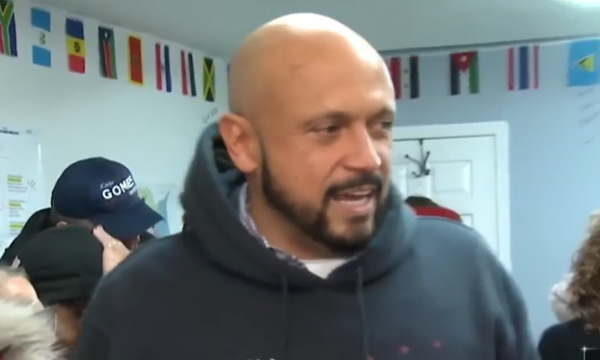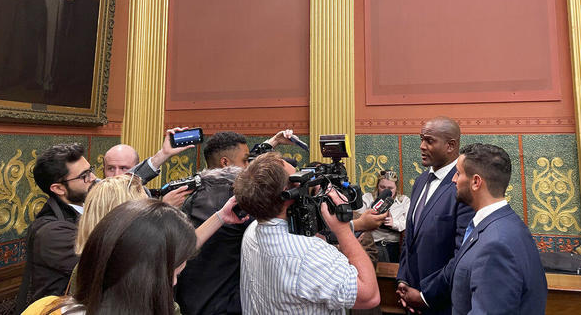States Promote Apprenticeships In Bid To Spur Job Growth
There’s nothing new about apprenticeships, which for centuries have served as points of entry for workers seeking certain kinds of jobs.
Lately, however, more states are taking active steps to nurture and promote apprenticeship programs. Indeed, apprenticeship programs have been shown to have strong bipartisan appeal as part of the solution to current and future workforce challenges.
Why apprenticeships? As baby boomers age out of the job market, a disproportionate of job openings (~53%) are “middle skill” jobs that require more than a high school education, but not necessarily a four-year degree. These include not only blue-collar jobs like carpenters, plumbers and electricians, but also semiprofessional opportunities for dental hygienists, paralegals and nurses.
The skills gap driving demand for workers to fill these jobs is part of a larger national labor shortage, one that is most evident in rural areas where it can be especially hard to attract new workers.
Top-Down Incentives
At the federal level, President Trump issued an executive order in 2017 creating a task force to support expanding apprenticeships. More recently, the bipartisan Omnibus Appropriations Act of 2018 increased federal funding for such programs.
Partly as a result, the number of apprenticeships is growing. According to the U.S. Department of Labor, in September 2017 there were just over 533,000 active apprentices, representing growth of 42% since 2013. Still, a smaller fraction of the American population participates in apprenticeship programs than in other developed countries.
State-Level Initiatives
States too have picked up the baton. In South Carolina, the Technical College System runs Apprenticeship Carolina, featuring a small team of consultants who guide employers through the registration process and help them take advantage of tax credits and other financial incentives. Wisconsin’s Department of Workforce Development makes apprenticeship training representatives (ATRs) available to give businesses one-on-one technical assistance. Each ATR either steers businesses to existing apprenticeship programs or helps develop programs for new occupations.
Other states, too, are creating more robust linkages between education, workforce and industry. In 2017, Washington Gov. Jay Inslee created the Career Connect Washington Task Force, co-chaired by the president of Microsoft and by the chair of the state’s Workforce Training and Education Coordinating Board. This task force provided the governor recommendations that included expanding pre-apprenticeship, apprenticeship, and youth apprenticeship programs.
Montana Gov. Steve Bullock created a joint liaison between the state’s labor agency and university system to ensure better alignment of curriculum with the skills employers need. This realignment, combined with a tax credit for businesses that hire apprentices, helped the state grow its apprenticeship programs by 30 percent over the past five years. Kentucky has taken a similar approach with its KY FAME partnership. Consisting of over 125-member companies working with 10 partner colleges, KY FAME uses career-oriented educational programs to produce a pipeline of skilled workers.
Maryland introduced competency-based apprenticeships as an alternative to existing time-based apprenticeships. In these new programs, trainees only graduate once they demonstrate they have learned requisite skills; in other words, certification is not strictly dependent on how many hours they logged in a classroom or at a job site. That change required approval both from the federal government and from a state apprenticeship and training council, a quasi-governmental body with union and business representatives. Now businesses know that they can bring apprentices up to speed faster, so they are more likely to participate. Like Montana, Maryland achieved an increase in total apprenticeships — up 20 percent in the past three years — and a more diverse array of apprenticeship offerings.


